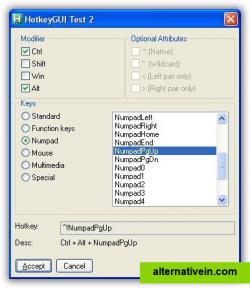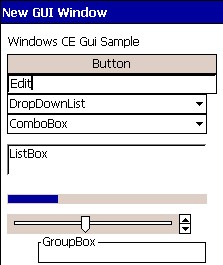
The goal of this interaction is to leave a verbal impression of each case, which is translated into text by dictation software. Radiologists spend most of their time interacting with a computer. Online supplemental material is available for this article. The authors discuss hardware and software features that do not require support from information technology professionals and can be implemented with any software that relies on user input.

Radiologists can use modern AIDs and simple scripts to minimize frustration, improve and personalize their routines, and streamline interactions with the workstation.

These devices can also be coupled with AutoHotkey scripts to complete complex tasks in one keystroke. Alternative input devices (AIDs) with onboard memory can be used as ergonomic human-computer interfaces. Because of the repetition of a radiologic workflow, even small inefficiencies can accumulate into significant losses of time and productivity and contribute to user fatigue. The efficiency of this relationship depends on the interface of the different software applications, their interoperability, and input device effectiveness. They spend most of their time interacting with software applications that use multiple input devices, including mice, keyboards, and microphones. Radiologists rely heavily on the digital radiology workstation.


 0 kommentar(er)
0 kommentar(er)
